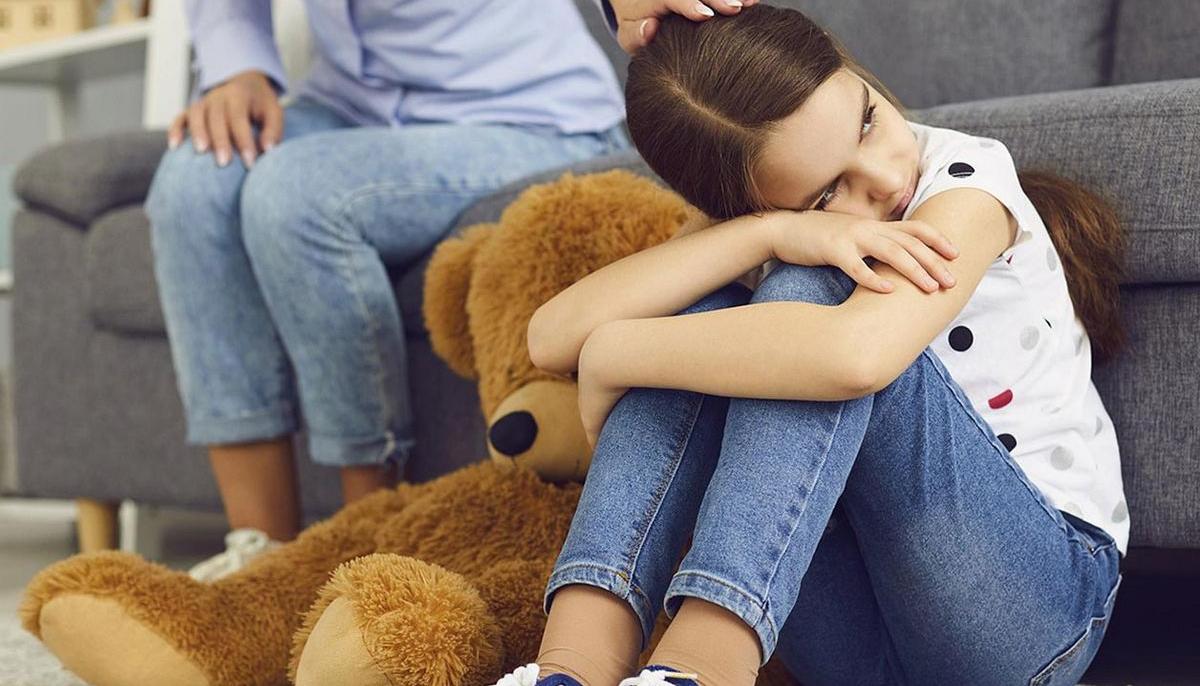Both children and adolescents have frequent mood swings. Often they can feel sad, irritated or hopeless because they got a bad grade or after arguments with a good friend, and after a while the good mood returns. In the case of depression, things are different. Hopelessness, sadness and irritability persist for more than two weeks, affect sleep, appetite or relationships with those around you. Depression prevents the child, respectively the teenager, from enjoying the things that used to make him happy. Sometimes depression can lead to suicidal thoughts.
The neurobiological development that influences the symptoms of depression, the existence of other disorders such as ADHD, but also atypical manifestations make it difficult for parents to recognize depression in children and adolescents, so that the adult does not realize that a diagnosis is needed and, implicitly, a therapeutic intervention.
Types of depression in children and adolescents
In the specialized literature, there are several approaches and theories regarding child and adolescent depression. One of the theories is focused on the factor that triggered depression, distinguishing between anaclitic depression - occurring as a result of a significant loss, as a rule, of a primary attachment figure, the mother for example, depression of the child who has a depressed mother, depression as a result of parents' divorce, depression associated with other medical problems , for example anorexia, behavior disorders, etc.
Other psychological approaches identify:
- Major depressive disorder (clinical depression) - in this situation the child is sad, without hope, gets angry easily, may have problems with sleep or vice versa, may sleep too much, is disinterested and uninvolved and may feel disappointed by the family, friends.
- Premenstrual dysphoric disorder - after the onset of menstruation in girls. The symptoms can appear about a week before menstruation and are manifested by behaviors such as - getting upset much more easily than normal, concentrating with difficulty, crying, showing a state of increased irritation. They are often accompanied by clinical manifestations - cramps, breast pain, fatigue.
- Seasonal affective disorder , usually during the cold winter months, but can occur in any season. Symptoms include changes in appetite, excessive sleepiness, persistent sadness, fatigue, anxiety.
- Disruptive mood disorder is manifested by fits of anger that seem inappropriate for the age, physical or verbal aggression.
- Dysthymic disorder , milder compared to major depressive disorder. It involves similar symptoms, but which appear intermittently for several years (chronic character), which is why parents can perceive these mood changes as part of the child's personality.
Risk factors
The risk factors of depression among children and adolescents are represented by:
- The existence of strong conflicts in the family
- They are victims of bullying
- They suffered a strong trauma - physical, emotional or were victims of sexual abuse
- There is a history of depression or other mental problems in the family.
Sometimes, coil depression is triggered by difficult events, such as parents' divorce, bereavement, problems at school, moving to another city or country, changing schools.
Depression can also be the result of a combination of factors, genetic predisposition along with environmental factors - family conflict, a traumatic event against the background of problems in the school environment, etc.
The most common symptoms of depression in children and adolescents
- Sadness, a bad mood that doesn't seem to go away
- State of irritation, the child/adolescent seems grumpy all the time
- Interest list for hobbies and other activities that he used to enjoy
- Fatigue and persistent feeling of exhaustion.
From individual to individual, they may also appear:
- Sleep problems, either he can't sleep enough, or he sleeps too much
- Concentration problems
- Low interaction with family, friends, colleagues
- The child/adolescent often seems indecisive
- He manifests a lack of trust in himself, in the people around him
- Eat less or more than usual
- It shows significant weight fluctuations
- He seems unable to relax
- He seems lethargic
- Talks or shows feelings of guilt, lack of value
- He seems to feel "empty inside"
- He has thoughts of self-harm or even suicide.
Certain children also show signs of anxiety or may have physical symptoms: stomach aches, headaches without an identified medical cause.
Problems at school or behavior problems can also be signs of depression.
In some cases, alcohol consumption or illegal substance consumption occurs due to depression.
What can parents do?
Child or adolescent depression is a complex and serious condition, therefore it must be addressed as such. The idea that it will resolve itself in time can prove dangerous because depression can have substantial implications on the psycho-emotional development of the child/adolescent.
The child/adolescent must be encouraged to talk about what he feels and what he is experiencing with a parent, a grandparent or someone else in the family, perhaps a friend or a teacher, an adult with whom he has a closer relationship, including a psychologist/psychotherapist.
However, communication may not proceed in an efficient manner, as it is not at all easy for the depressed child to express himself and express in words the states he experiences, in which case careful and active supervision of the way he manifests himself is essential.
In the case of the smallest, parents can follow how their play is going. Through play, children express themselves as much as they do with words, sometimes even more. Parents can learn about the child's feelings by spending time with him, getting involved in his play or watching how he plays. A stressed, angry child will prefer a more aggressive game, with fights, often alone, without wanting the company of other children.
Aggressive behavior , although not tolerated, can be a symptom of depression. Give the aggressively depressed child/adolescent a chance to explain where his anger comes from . Although such an invitation to dialogue from the parent may not work at first, don't give up. Even young children realize when they have unwanted, "bad" behavior, it is important for parents to find out the reasons for their upset.
When you notice signs of depression in your child or teenager and you fail to establish a communication bridge with them, do not hesitate to ask for the support of a specialist, a psychologist or psychiatrist with experience in working with pediatric patients. Social isolation, low self-esteem, poor school performance, school absenteeism and difficulties in interpersonal relationships represent some of the consequences of untreated depression in children and adolescents. In the long term, it may increase the risk of developing other psychological problems - anxiety disorder in adulthood, addictions and others.







